Origin
Yes, we have all heard of spices and seasonings and used them in our food preparations. How many of us know whether they are authentic?
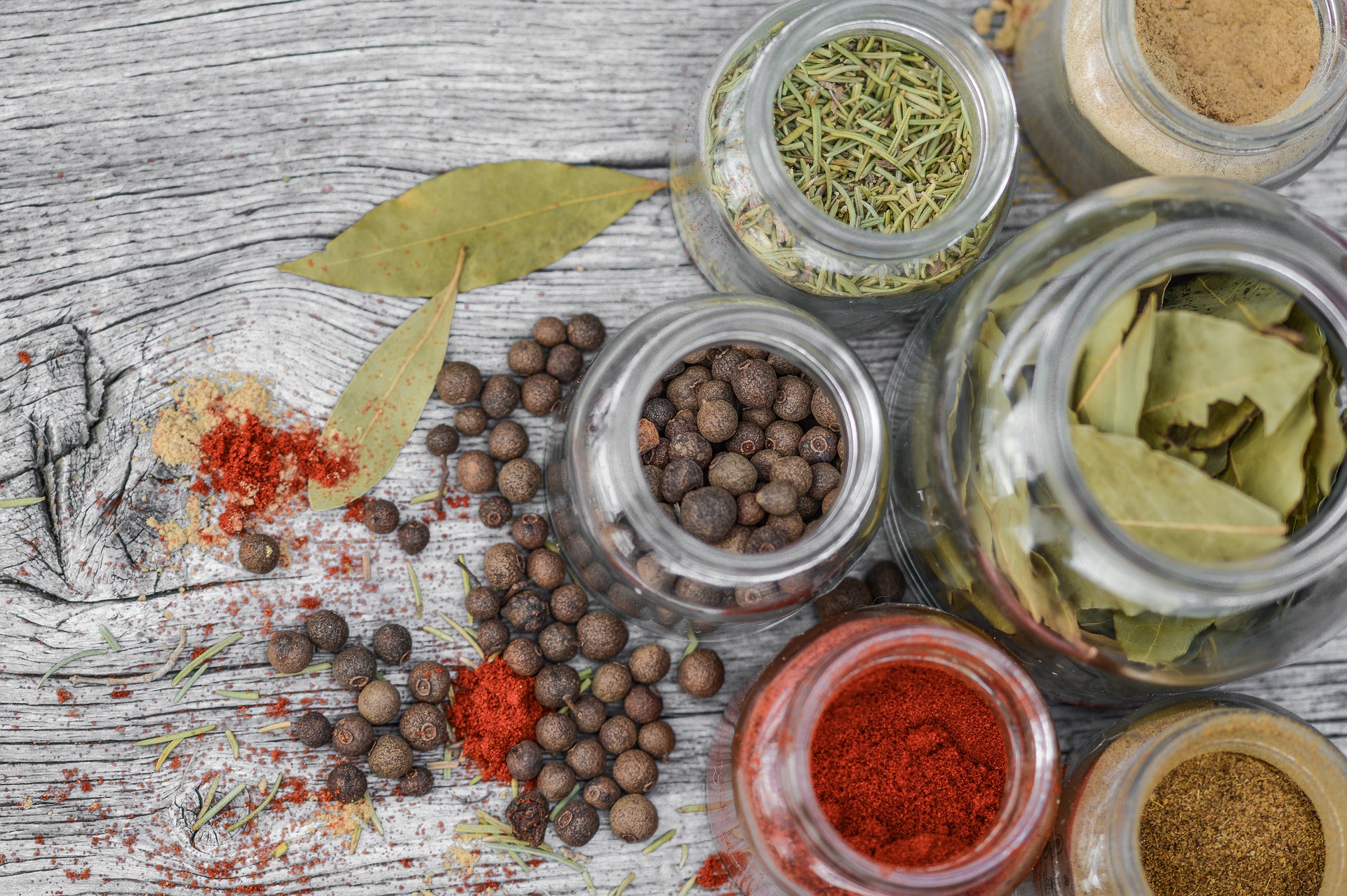
Spices, whole and powdered
Well, here’s a spicy story from the mouth of a spice manufacturer in Rajasthan. Rajesh Thakur, was an erstwhile criminal lawyer based in Chicago for seventeen years before he decided to switch fields to one of food. From U.S. to India, from law to food – that sure is some deviation!

Rajesh Thakur
AppleJane Food Goods
Rajesh’s domain chiefly comprises spice seasoning mixes – Indian tandoori, Mexican Chipotle, Peri Peri, Cajun, Moroccan, and even Pani Puri premixes. Having explored the Indian food markets, he rightly discovered the country as being a land of assorted colours and flavours. As he delved deeper, he came to discover that most did not acquire a fair share of spice in terms of quality. He, therefore, floated a company, AppleJane Foods Private Limited, with a mission to be a brand with a difference.
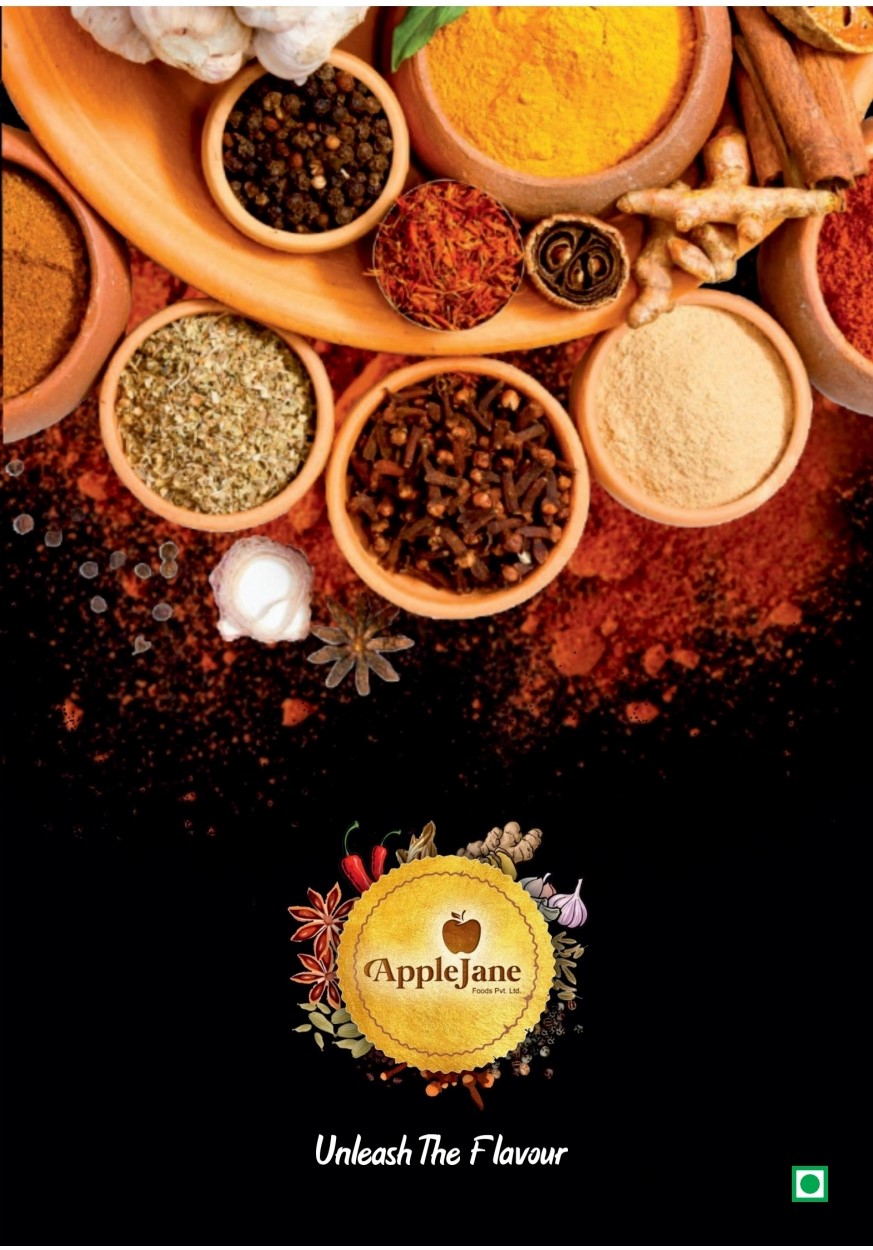
Unleash the spice flavour!
Let us start with peri peri, do you know that this chilli was first introduced in India by the American fast food company McDonald’s?

Peri-peri chilli
Well, AppleJane Foods manufactures peri-peri seasoning in keeping with international standards. In his view, countless food products contain Mono Sodium Glutamate or MSG in common language. The use of MSG is customary in most of our kitchens, despite its adverse effects on health. After all, who wouldn’t want to use Ajinomoto liberally if it added taste and flavour – by and large to soups, pulaos and Chinese food preparations.
The peri-peri seasoning powder produced by his company is completely free of MSG. How would his product taste without MSG you may ask? Oh but the taste and flavour are first-rate despite its omission! I sampled it myself and was impressed. How would first-class taste be plausible without the use of additives? Because it is created from authentic peri-peri chilli, sourced from local farmers growing this variety in temperatures and soil best suited to its growth. The original strain of this pepper is found in South Africa as you may be aware. To match its originality, the farmers use the right manure and grow it in the right soil and climatic conditions to promote productivity.
Another of his products – the chipotle seasoning powder – has the chipotle chilli whose origin lies in Mexico. Every possible market in the country is scouted for the right source. Knowledge of the chilli and its composition makes it easier to find the right one. The chipotle chilli is then purchased in bulk from carefully researched farmers, mostly from the markets of Jaipur and Delhi and even Mumbai. Yes, many a time there are hurdles in securing authentic chilli suppliers, as quite often there are cross-breeds wherein two varieties are mixed to offer it at a cheaper rate. What is oblivious to most is that with the right product, the usage of any product is small in terms of quantity. With the wrong product the quantity would naturally need to be doubled to yield the same taste, so why not utilize the right one!
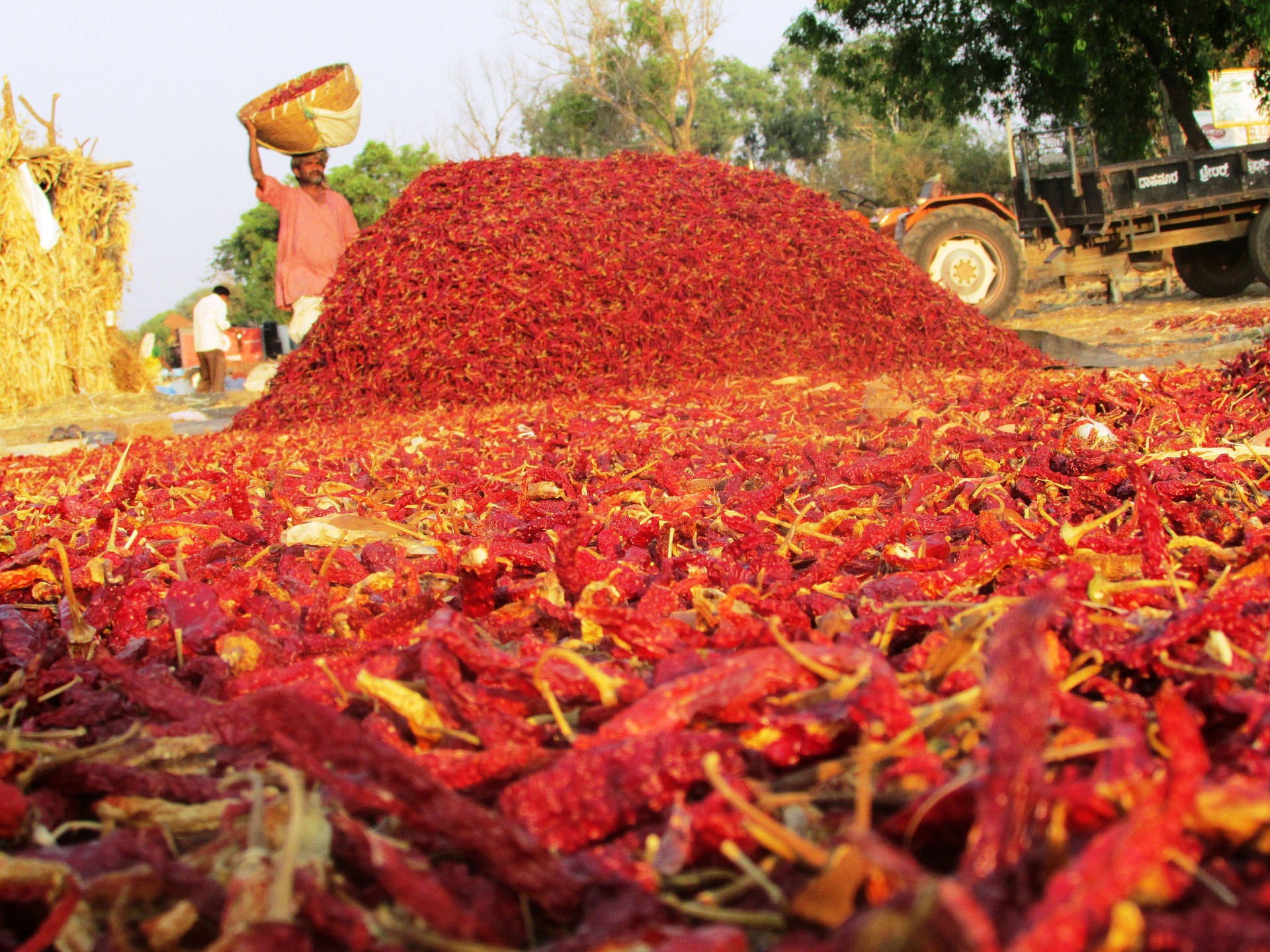
Chilli farmers
About AppleJane Manufactory
Where are these spice powders blended? At his facility in Jaipur, Rajasthan which commenced operations around six months ago. Despite being a new entrant to the manufacturing quarter, Rajesh isn’t new to its sine qua non, having researched the subject a good five years ago.
Before he started his own unit, he did try employing a third-party manufacturer to whom the recipes and processes had to be explained at length. Supervision of quality control and overheads ended up being exorbitant, which was why he decided to invest in his own manufacturing base.
Who does he sell his merchandise to? Not to retail outlets, unfortunately (for us), but to industrial ones. He supplies to large scale production houses that manufacture chips/wafers in bulk and even to the meat industry that churns out tons of ‘seasoned’ sausages and similar items. To be selected by industrial manufacturers, the spice samples are laboratory tested by food experts. To prove the edge of his products over others, he carries along the spice samples of competitive brands which when tested side by side display a marked difference.
AppleJane Foods manufactures ten tons of product in a day. The product is blended in an automatic machine, with no need for human intervention. It has been set up in such a way that recipes are pre-fed in its memory. At the start of each day, drums of say red chillies, pepper, herbs and so on are pressed down into it. The trigger of the “ON” button is all that is needed to set the machine into operation.
The advantage of the machine to pick up accurate quantities of ingredients to ensure no taste variation in the end product. The machine blends “whole” ingredients, that is whole chillies and/or whole peppers or herbs. It runs at a high speed so that as much as a ton of powdered product can be generated in just sixty minutes. Hence in a day, it is not a task to obtain ten tons of seasonings. Every batch is laboratory tested, even if it means getting a certificate for every ton of product, for every client – clearly from the audit point of view.
The blender was imported and everyone knows that with all imported goods, there is a duty to be paid. The duty was as steep as 180 to 200% but it was well worth it as it reduces the employment of manpower. It’s not as if manpower itself posed a problem but the challenge of hiring labour would affect the precision factor. Of course, he currently does have a small employee base in the form of managers, supervisors, Research and Development, Lab Report team, and Quality. He proposes to increase the employee headcount in the near future, commensurate with the increase in products.
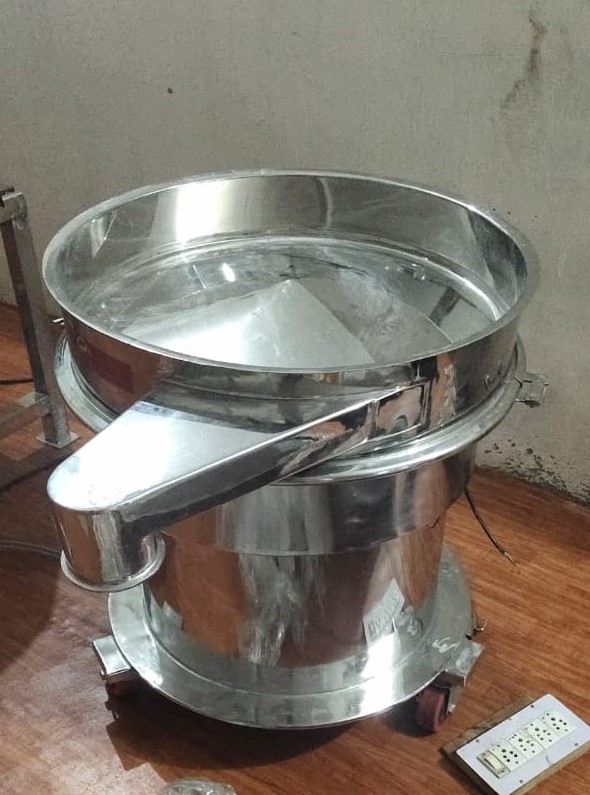
Machinery for blending
Is Retail on the Cards?
Will he get into our households? Not for a while, not at least until the public gain awareness about its high-grade food spices. The difference between his product and the commercial ones is palpable, almost like day and night. In his view, the retail market is a fancy one where the milieu is drawn to merchandise going by their outer packaging, bottle shape, volume size and superficial trappings.
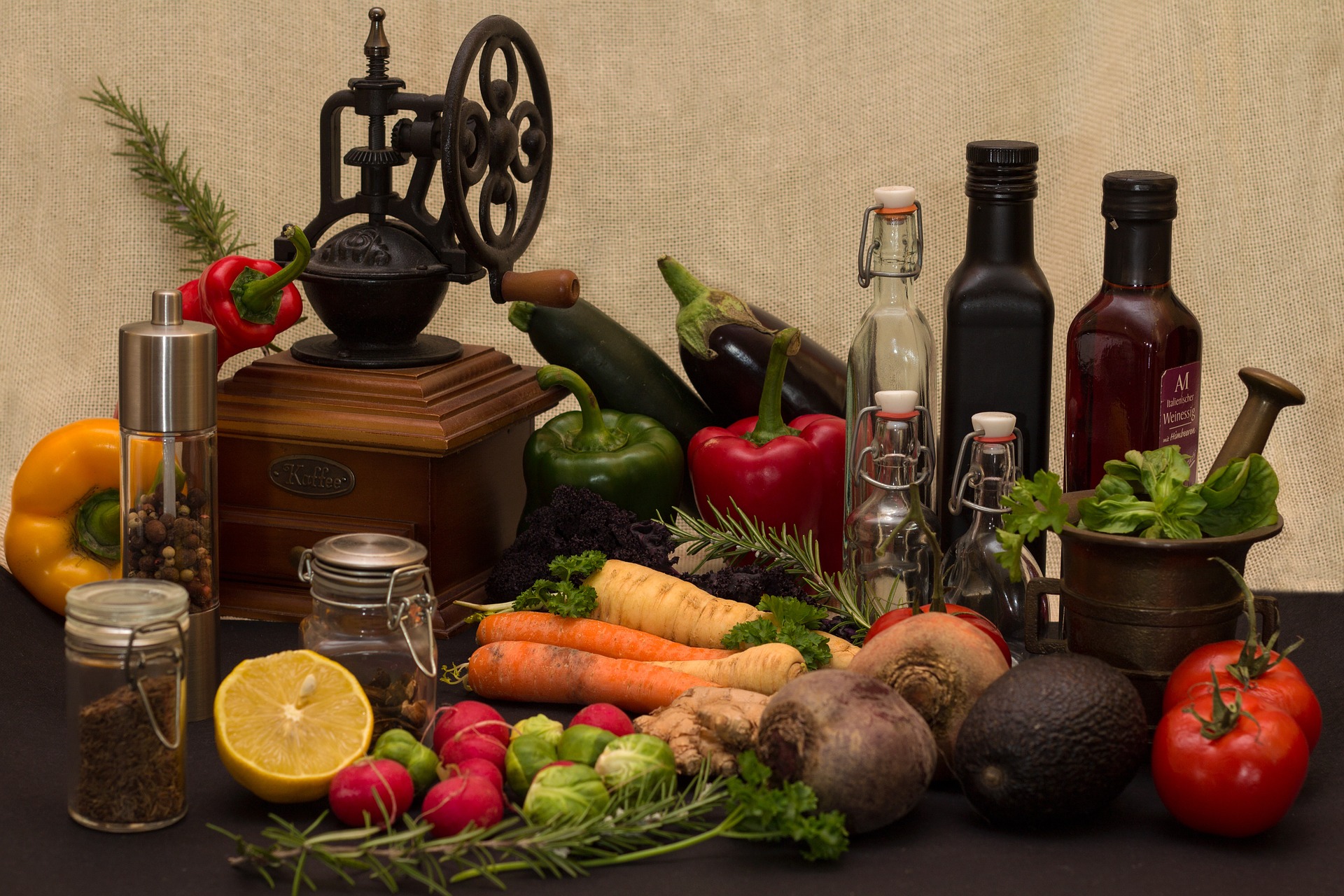
Fancy packaging and display of Spices
If you, for instance, step into a supermarket, you’d probably pick up a Keya peri-peri seasoning product owing to its significance among the top brands.
As I’d had a sampling of the AppleJane food products I was curious to know why they did not introduce their brand in the retail segment, which with decent strategy and promotion could have gone a long way. Not for the present was the reaction to my query, simply because the current big brands are seated in the public mind as being the best. Besides, in trying to prove its own edge, they would need to expose the flaws of big/ger brands which could be discriminatory.
While on the subject of brands, I’d like to say that not all big brands are flawed. Griffith, for one, is an acclaimed international brand for seasonings. So much so that if you buy their product, there is a good chance you won’t buy any other. As with all good brands, Griffith comes at a premium cost with bona fide certification for the quality of its ingredients. Like AppleJane foods, they are not into retail markets either and hence supermarkets won’t have their products displayed on their shelves.
The Acid Test
Having sampled the new AppleJane Foods brand, I soon replaced some of the Keya and other brand products on my larder with AppleJane seasonings for two valid reasons. Absence of colour and taste additives in the AppleJane seasonings.
When trying out any new product, I employ the dissolution test to check for colour addition and MSG content. What I did was to dissolve a spoonful of the seasoning powder in a small bowl of water. The contents dissolved thoroughly and when spooned out, there was just a hint of what looked like a residue of ground chillies and pepper. The absence of artificial food colouring was clearly startling. The product emerged clear in both tests with just a hint of red from the natural colour of red chillies and teeny specks of herbs and chilli flakes floating on the top. There was no residue whatsoever.
Use of Seasonings
The use of their seasonings is threefold. That means it can be used as a dip, marinade or sprinkler.
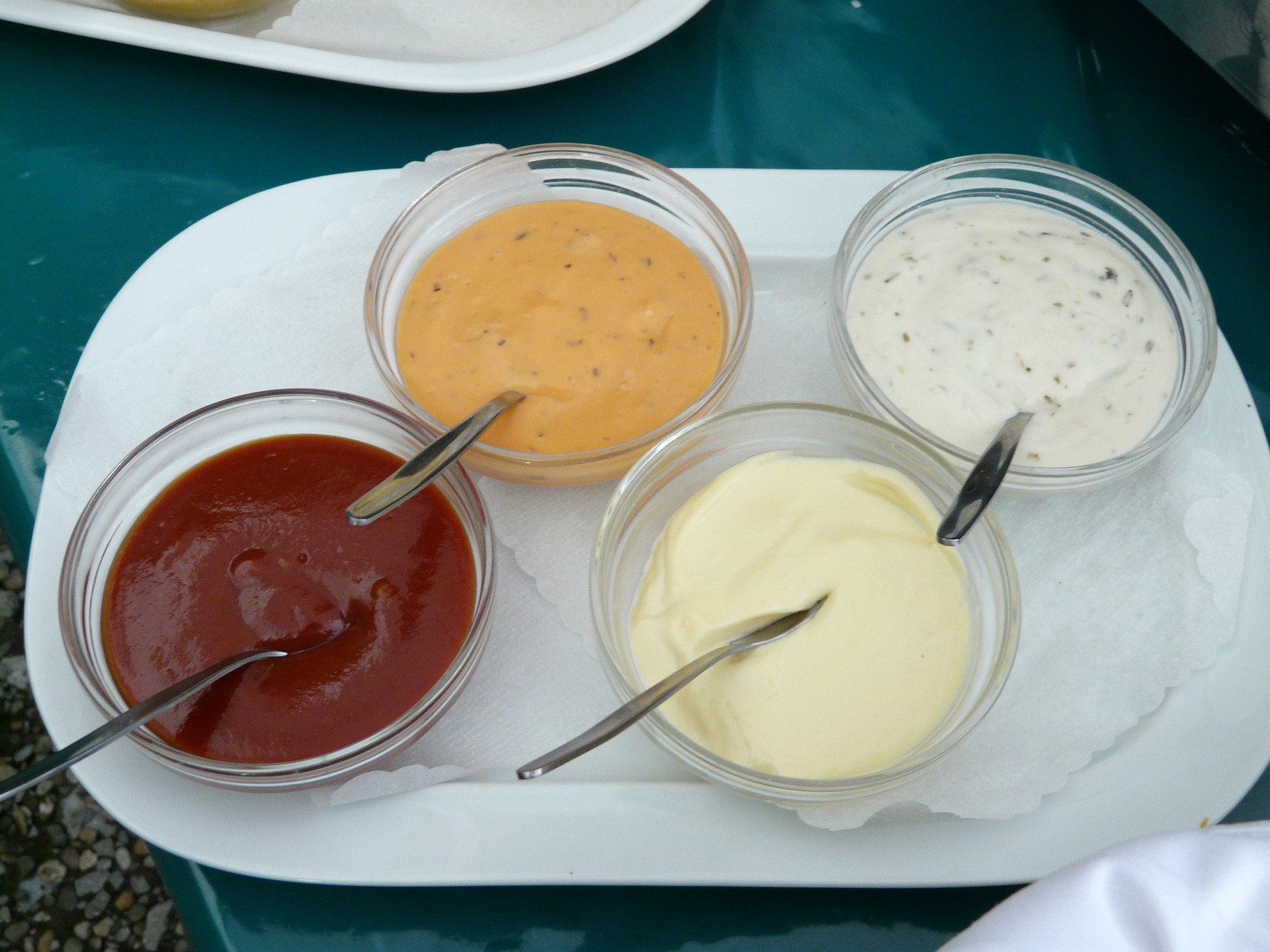
Dips and sauces
I tried mixing the seasoning powder in mayonnaise and voila, there emerged the dips of my choice in terms of colour, taste and quantity. I also saved some pennies in not buying it off the market shelves as they come in specific unalterable pack sizes. In addition, I had a field time churning out dip after dip to go with every conceivable dish. In fact, I had to think hard about what dish to dish, to go with the dips!
If I tell you that it took me all of five minutes to marinate my chicken drumsticks with AppleJane seasoning and managed to get a gooey outcome as well, you’d be dumbstruck. Yes, that’s how short a time it took me to marinade the chicken which took another fifteen minutes to bake. The presence of a tenderiser in the seasoning sped up the marination process.
Finally, when your dish is done you’d want to add some flair by sprinkling some seasoning powder over it. Done, and dusted – quite literally! Hah.

Marinated chicken
We briefly glided over the topic of mutton dishes, including kebabs. Most preparations in commercial set-ups may appear to differ in colour (either green masala or red) or differ in consistency (either light curries or thick). A fistful of onions here and a dash of cream there may render a sweetness now and then. A tomato here and a chilli there may make it tangy a tad or spicy. What rarely differs is the outcome in taste except as I said in a tang here or a sweetness there. The varieties aren’t scrumptious in a non-identical sense considering they are supposed to be assorted dishes. Read this again, if you didn’t catch my point.
A Cheesy Subject
As we broached the topic of cheese, we pondered over it a tad longer. That there are various types of cheese as Brie, Feta, Mozarella, etc. is common knowledge. What isn’t common is the fact that there is a type of “analog cheese” used in some food brands and restaurants. This type of cheese is but a form of chemical, certainly not cheese.
If you attempt to burn analog cheese, it won’t melt. It will burn instead like plastic, with no residue as with pure cheese. Why would analog cheese gain significance you may ask? It resembles cheese, that’s why. Besides, it is cheaper by far. How would a street-side sandwichwalla be in a position to afford pure cheese worth Rs 500 per kg when he could get a substitute @ say, Rs 200/kg which would suffice for spreading, say, around a 100 sandwiches?
That brings us back to the spice world, which again faces compromise. Take, for instance, dry red chillies some of which could be spoiled and sold at reduced prices. How and why would customers find spoiled chillies acceptable? Some double-dealers spray bad chillies with a chemical and let them stay for two to three days after which they appear fresh and red. How could you tell the good from the bad? Yes, there is a way to know. Simply break open a chilly to check if the colour inside matches with the outer; if it does we’re good.
Why, even fruits like watermelons are better purchased from the countryside farms which have less scope to be sprayed with chemicals to force ripen them or lend a synthetic sweetness.
During a pear buying spree, it is better to stick with the green variety as red pears could have the propensity to be coloured artificially. One way of detecting flawed fruits is the presence of a whitish powder that doesn’t come off after vigorous washing even. Oddly, the contaminant generates fast ripening and even a good aroma but sweetness would definitely be absent.

Fresh pears
Now enough of spice. There is a possibility of AppleJane Foods progressing to regular pasta manufacturing. Most Indian brands offer a maida based pasta. However, AppleJane Foods promises to offer a pure “durum wheat” pasta. They await the pasta making machine, to get them kick-started into pasta production in say around six months.
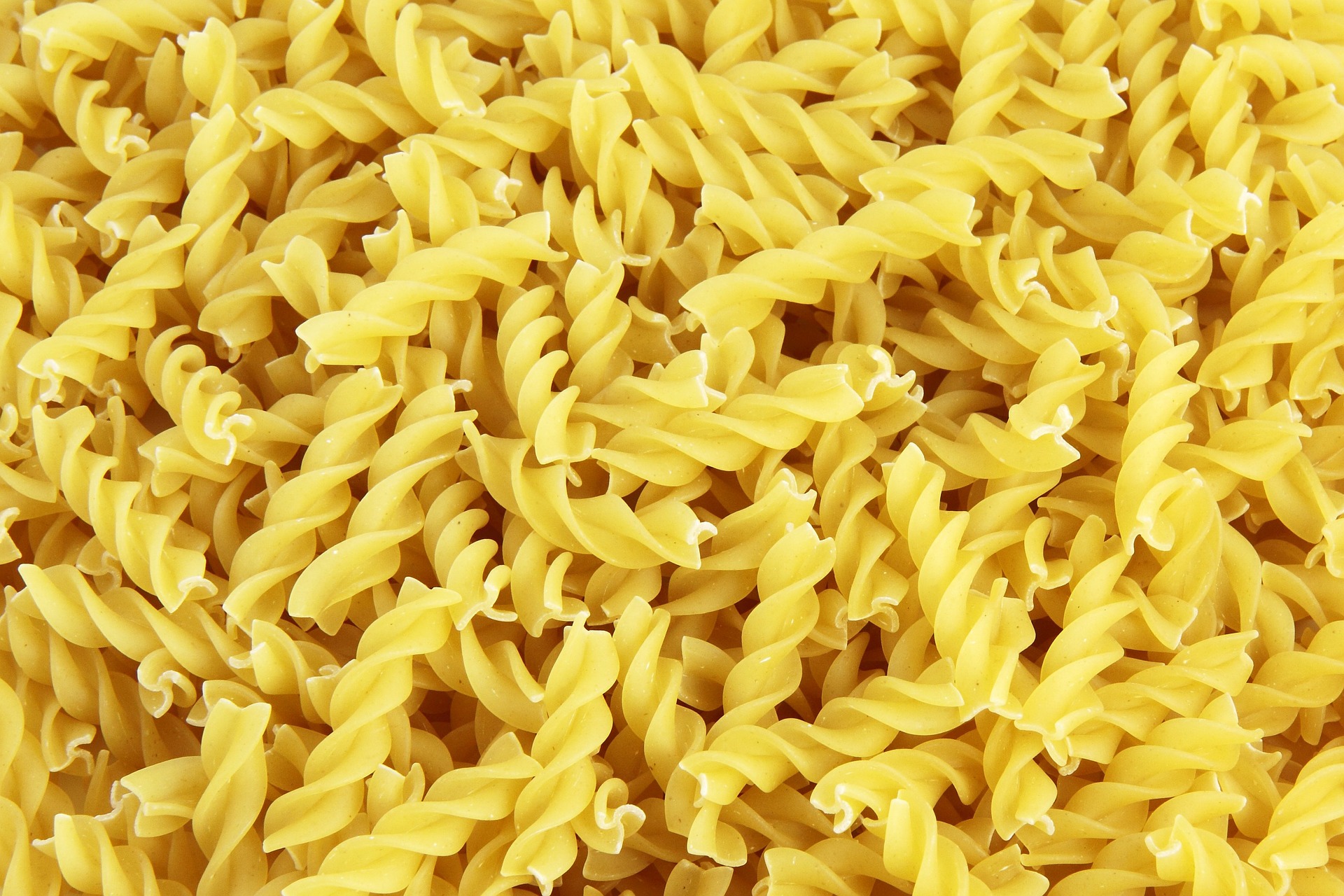
Pasta
Most of the good pasta come in the form of imported brands like Borges, Queens quinoa, Garofalo, Pastificio, Sanvito, Barilla, Voila, Agnesi, Riscossa, Brunella, Reggia, Colavita, Zara. A well-known brand, Delmonte is a third party manufacturer which could have been super expensive but is not, because pricing to them isn’t a primary concern.
It’s not as if we don’t have our own Indian pasta. Pinosca is one such example of Indian made pasta. It has rave reviews, quality-wise, and is available in the Indian supermarkets.
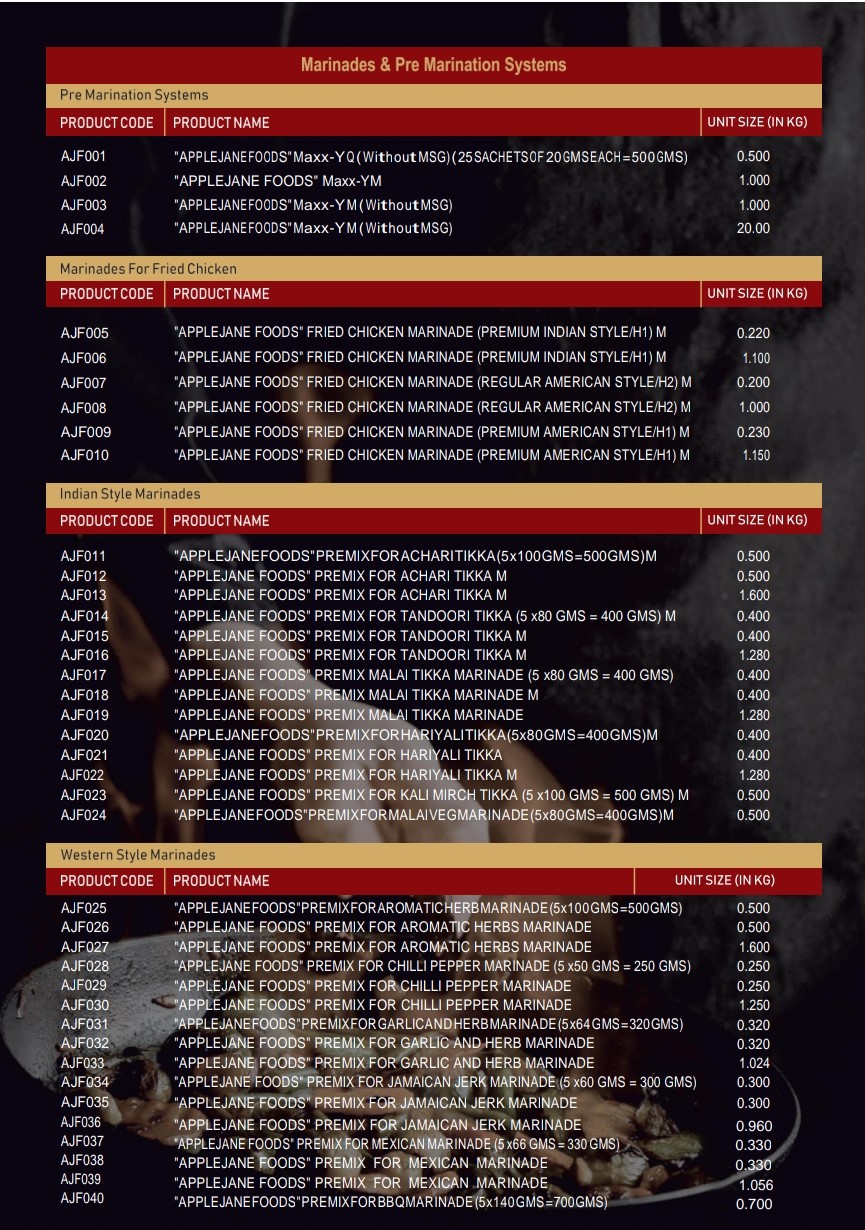
Marinades section in AppleJane catalog
The AppleJane catalogs will indicate their wide variety of spices; in various strains of peppers. The possible introduction of pasta in a variety of ingredients adds variety to their spice story. To this spice manufacturer in Rajasthan, “variety is the spice of life!”
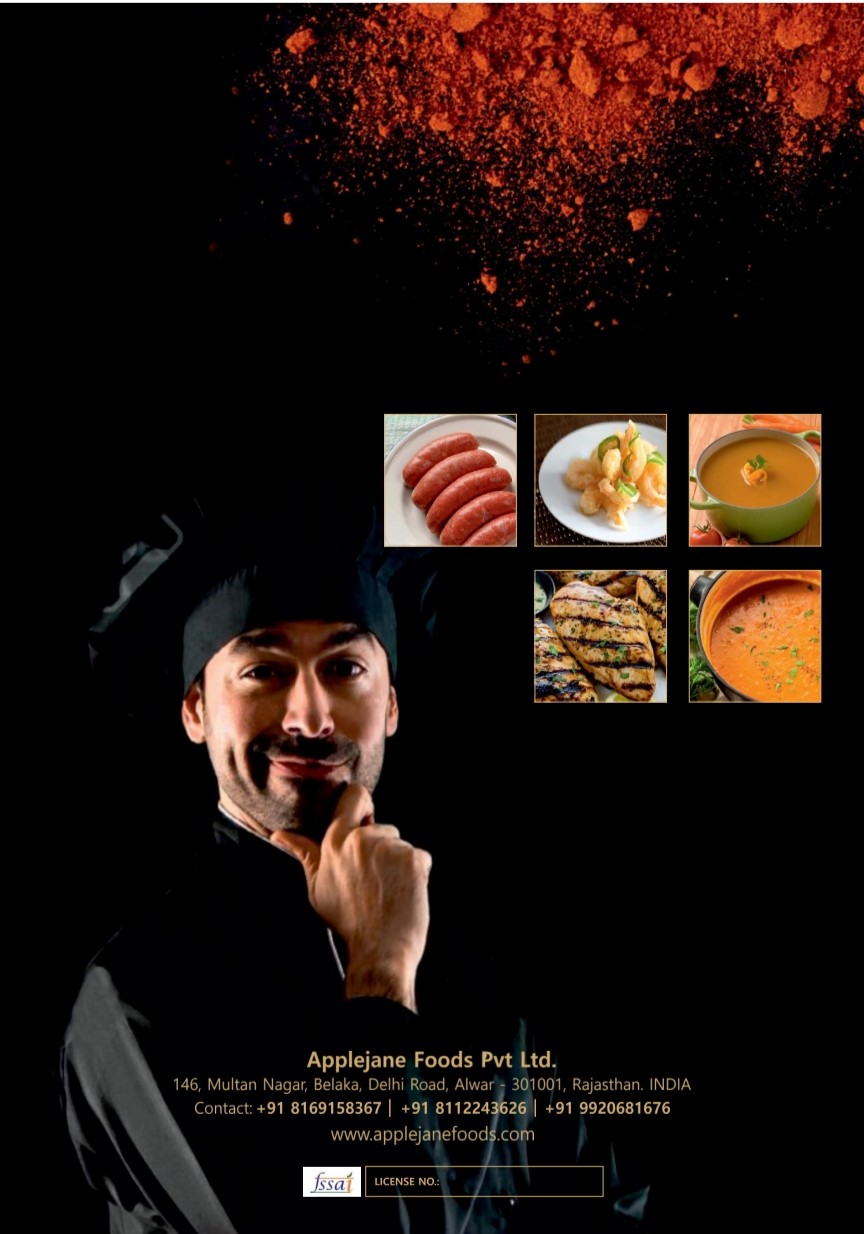
AppleJane Foods Factory


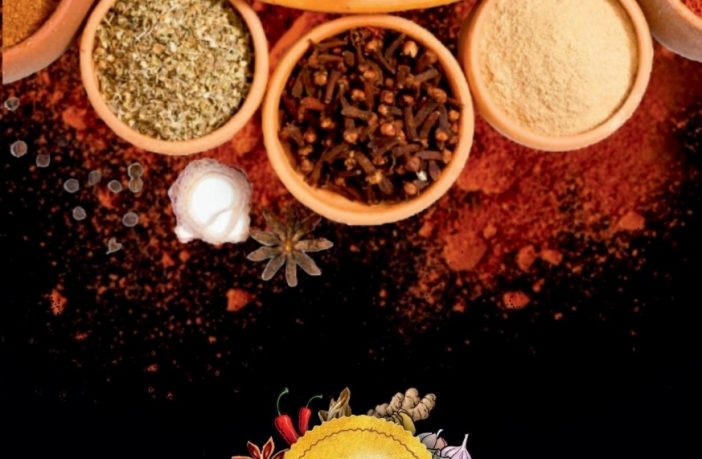



4 Comments
Alliteration at it’s best….being dumbstruck with drumsticks and what Dish to dish with the dips. Smart and superb writing.
Priya DaSilva.
Am glad you were made aware of some additives in food products. Thanks for your comment Priya.
Lovely review. Very informative.
Am glad the information helped. Thanks Edwin.